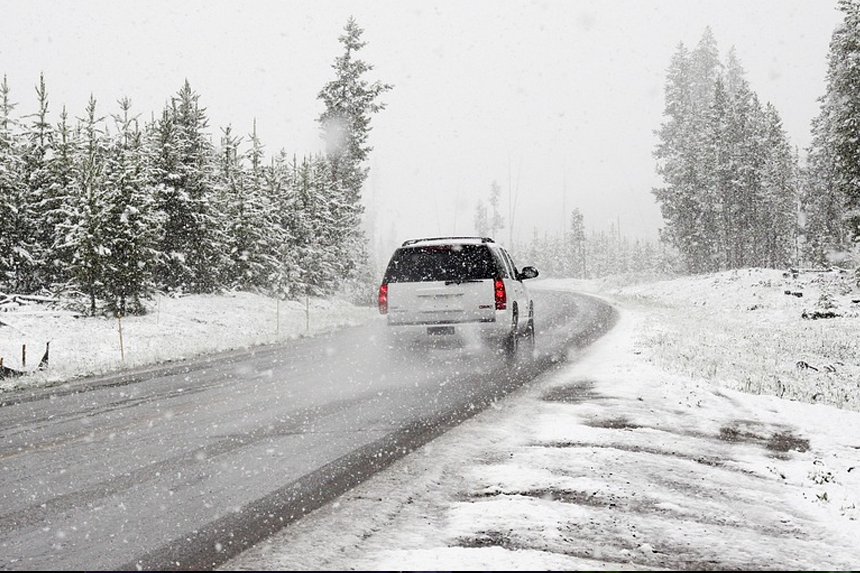Up to three feet of snow fell over the U.S. Thanksgiving holiday weekend, and residents around the Great Lakes prepare for more. Along with significant travel interruptions, the strong Arctic blast has caused the Buffalo Bills to seek fan assistance clearing snow from their stadium before Sunday night’s game.
- How are snowstorms affecting Lakes Erie and Ontario?
- Why did the Buffalo Bills want volunteer assistance in snow clearance?
- How is Lake-Effect Snow Affecting Region Wide Temperatures?
- Which Emergency Actions Are Being Taken in Response to the Storm?
- How does snow and road closure affect Interstate 90?
- In what ways is the Storm upsetting Thanksgiving Travel?
How are snowstorms affecting Lakes Erie and Ontario?
Thick blankets of snow-covered towns along the coastlines of Lake Erie and Lake Ontario pose hazardous driving conditions and clog highways. Just following Thanksgiving, the snowfall arrived amid one of the busiest travel weekends in the United States. By Sunday morning, approximately 2 million people in sections of New York, Ohio, Michigan, and Pennsylvania had been affected, and the National Weather Service (NWS) issued lake-effect snow warnings across the region.
“The snowfall has hit hard and fast,” the NWS says. “It’s a challenging scenario for communities and drivers around the region.”
Why did the Buffalo Bills want volunteer assistance in snow clearance?
Ahead of Sunday’s night game against the San Francisco 49ers, the Buffalo Bills NFL franchise made an odd approach by contacting supporters for help cleaning snow off their stadium.
Social media images show volunteers facing challenging circumstances to help Highmark Stadium shovel snow while it kept falling. Video scenes show blizzard-like conditions, with volunteers scooping snow off stadium seats and stairways while plows push snow off the field.
The official Buffalo Bills statement said, “We value the assistance of our committed supporters. Together, we will ensure Highmark Stadium is ready for Sunday’s game even with the snowfall.” Snow was supposed to keep falling all night, complicating the work even more.
How is Lake-Effect Snow Affecting Region Wide Temperatures?
Starting on Saturday, the snowfall was a component of a more significant cold front moving across the Northern Plains and Midwest. With temperatures falling 10 to 15 degrees Fahrenheit below average, the Arctic blast brought the lowest temperatures since February last year.
The NWS states, “Lake-effect snow results from frigid air moving across the rather warmer water of the Great Lakes.” “It can lead to very localized but intense snowfall, which can be hazardous.”
Traveling became more complex in some parts of the Great Lakes region as Tuesday morning forecasts call for up to six feet of snow. The NWS reported, “Heavy lake-effect snow bands and snow showers have developed downwind of the Great Lakes and will continue into next week.” “Travel may be very difficult to impossible in spots.”
Which Emergency Actions Are Being Taken in Response to the Storm?
New York Governor Kathy Hochul announced a state of emergency in eleven counties in reaction to the difficult circumstances. “The snowstorm has severely impacted our communities; we are acting immediately to ensure the safety of our residents,” Governor Hochul stated in a statement.
Troops of the National Guard were sent to assist New Yorkers and Pennsylvanians in clearing snow from their homes. The New York National Guard remarked, “The snowfall is wreaking havoc; our teams are ready to support wherever needed.”
How does snow and road closure affect Interstate 90?
The highest snowfalls were reported along Interstate 90, which connects Buffalo, New York, through Pennsylvania, and onto Cleveland, Ohio. Snowfall in several regions exceeded two feet, necessitating road closures and rendering driving hazardous.
According to the NWS, the Storm has especially devastated Interstate 90. “We are observing low visibility and significant snowfall. Drivers are recommended to avoid using the roadways if at all feasible.
Authorities advise people to remain informed and carefully plan their paths, given the continuous Storm and the large amount of snow.
In what ways is the Storm upsetting Thanksgiving Travel?
One of the busiest travel seasons of the year, the Storm struck only days before Thanksgiving. AAA estimates that around 80 million people were scheduled to travel over Thanksgiving. Many passengers were caught in the winter storm and experienced hazardous road conditions and delays.
“The storm caught many off guard, especially those heading home after the holiday,” AAA official Jeanette T. Lyle said. “Travel has become quite difficult with snow building up along main highways.”
Apart from the disturbances on the roadways, airport delays were recorded as snowfall and icy weather affected air travel, further aggravating the circumstances for holiday visitors.
Authorities track the Storm and provide information when it passes across the area. As further snow is predicted over the week, residents and visitors are advised to be careful, refrain from needless travel, and listen to local advice.








